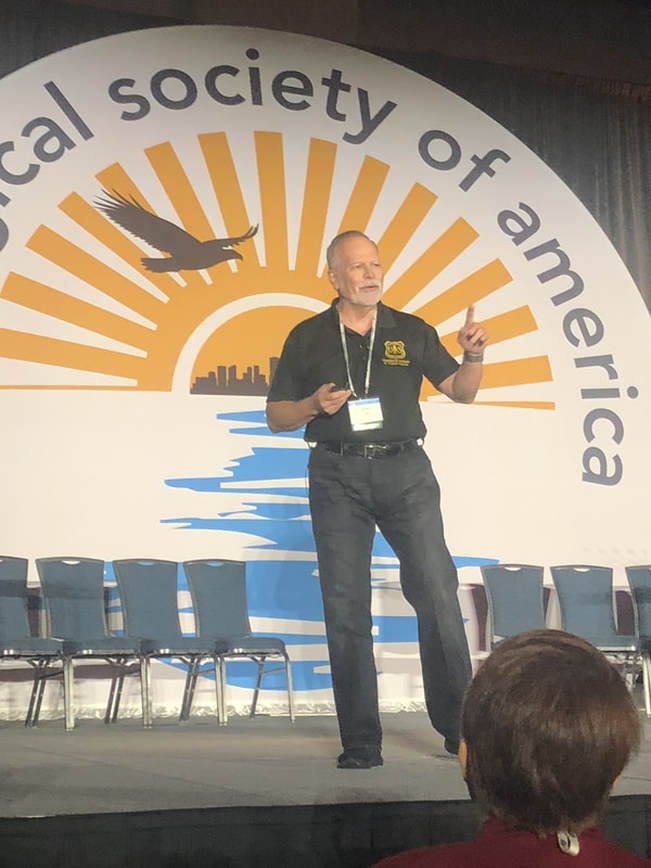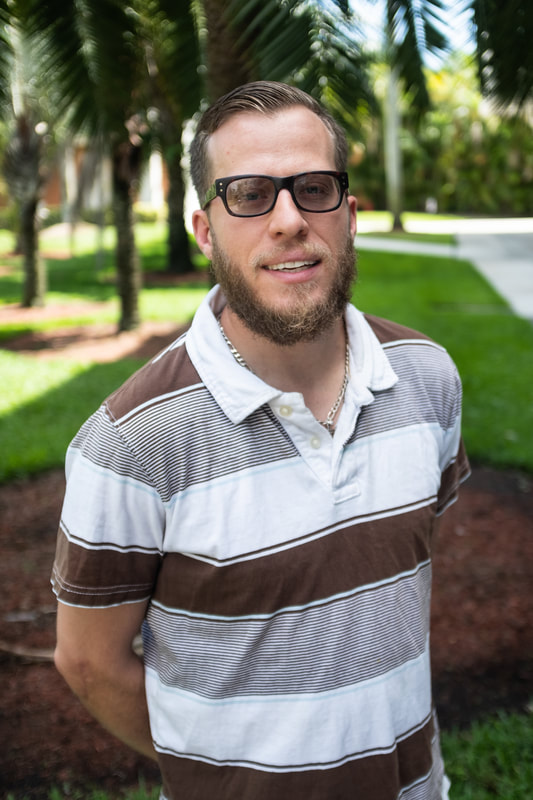That was reflected at the theme of the 2018 meeting: Extreme events, ecosystem resilience and human well-being. The meeting kicked-off with two spectacular plenaries: Robert Twilley from LSU and Ariel Lugo from USFS IITF both spoke to the interdisciplinary nature of ecological/environmental resilience as they relate to urban areas. Twilley addressed the long-term restoration of the Mississippi river delta, and some of the challenges that arise when conjoining ecological knowledge with water management at the state and regional levels. His knowledge of the hydrology and landscape processes shaping the delta was impressive, and his willingness to work outside the traditional academic sector with politicians, managers and the public was inspiring. On Monday morning, Ariel Lugo took the stage. Admittedly, I am a fan of Ariel, but I think all in attendance were able to take something away from his plenary. He spoke to many aspects of the changing nature of ecology, and showed how many of the old-school concepts from his graduate days in the 1970's (aka the Odum days) were still applicable today, with some re-thinking and re-furbishing. One key point, is that the human can no longer be viewed as being separate from the ecological system. In the past, disturbance was viewed as being separate from the [eco]system itself, and ecologists would study the resultant effects to gain understanding about the system. Lugo proposed a paradigm shift (that is likely already underway), that incorporates disturbance, and system resistance and recovery from disturbance, as inherit properties to the system. A deepening, contexutal, and holistic understanding of where the thresholds in ecosystem resistance and resilience are is required for building sustainable & flexible "socio-eco-techo"- logical systems in the Anthopoce. buen mensaje! After the plenaries, the meeting always gets going. This was my 3rd ESA (I am on a 2 year cycle for ESA, 50th Baltimore, 52nd Ft. Lauderdale, and now 54th New Orleans). A buzz engulfed the Ernst M. Moore Convention Center where the A/C was on full throttle amid the humid southern air and flavor of the Big Easy. Folks ran to-and-fro, as did I. Many old connections were re-kindled and new-ones were ignited. Below I share some of my notes on the sessions I attended, mostly for my records, but if you were unable to attend they might serve as a highlight reel:
There were other talks that were awesome, too. Some of which I was unable to attend (and wished I could), and a few of which I attended but my notes are either too disorganized to make sense or my chicken-scratch handwriting is illegible to decipher. Regardless, until the ESA (or whichever meeting you attend), take care, keep working, and research on! ♠
1 Comment
|
AuthorJames "Aaron" Hogan is an ecologist interested in plant biodiversity, forests and global change. Archives
November 2021
Categories |





